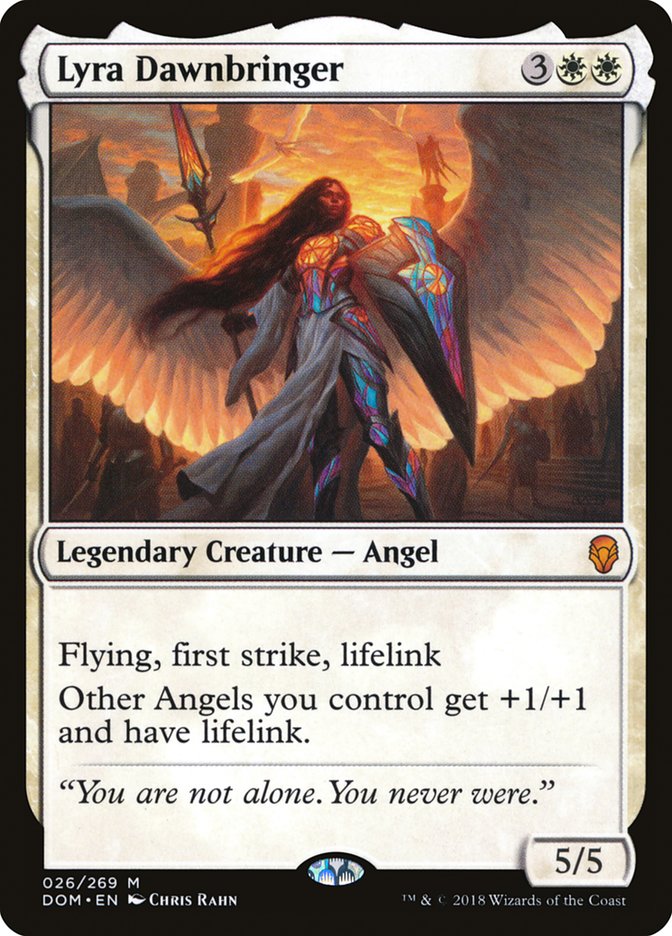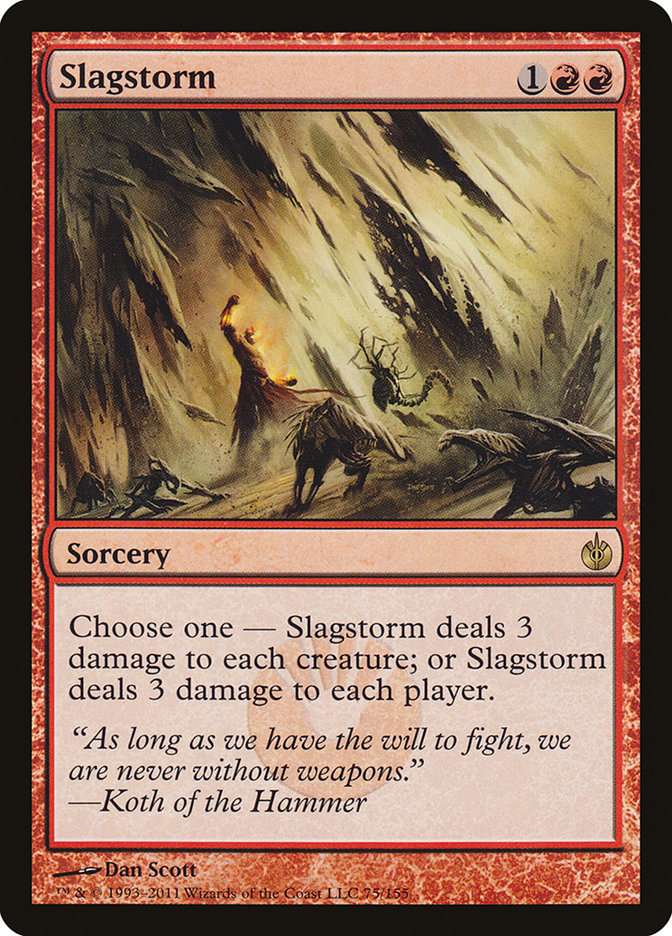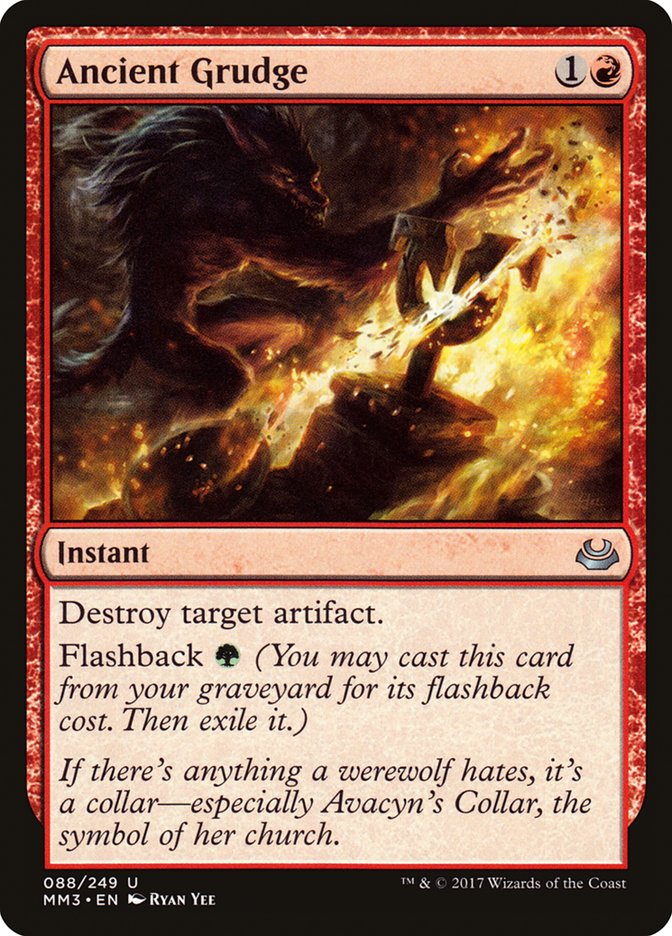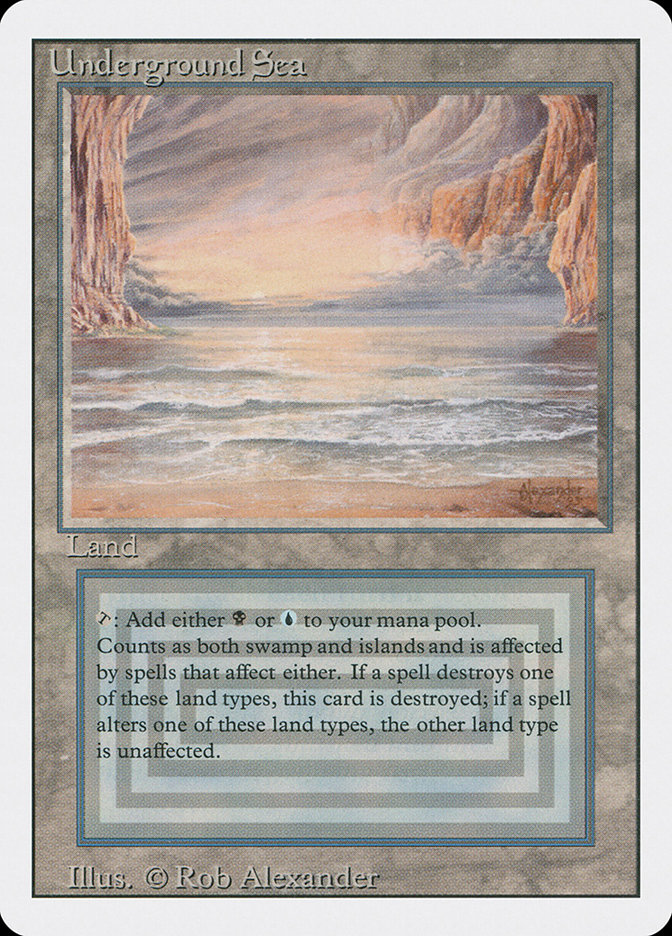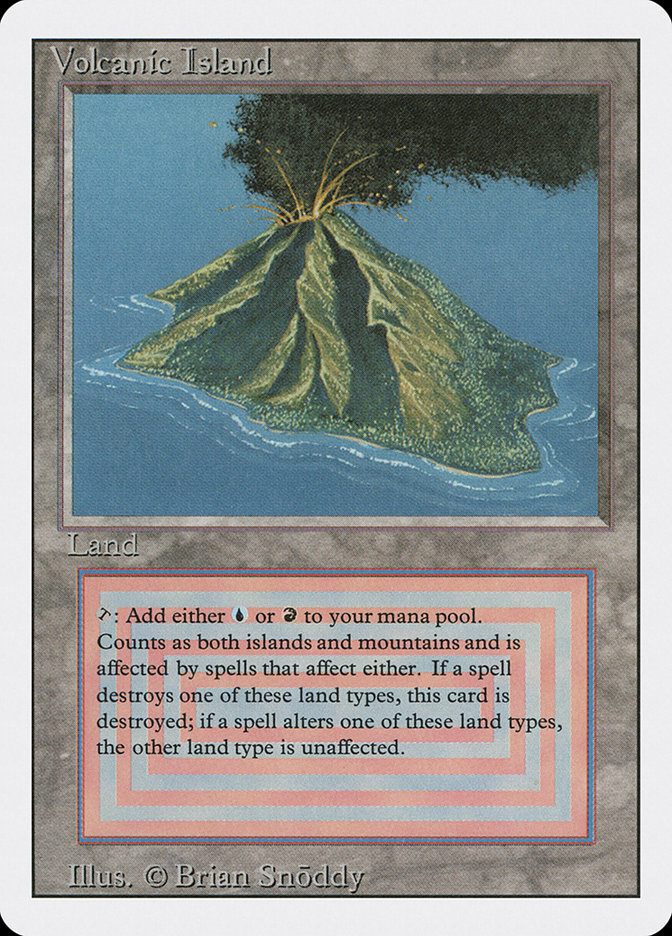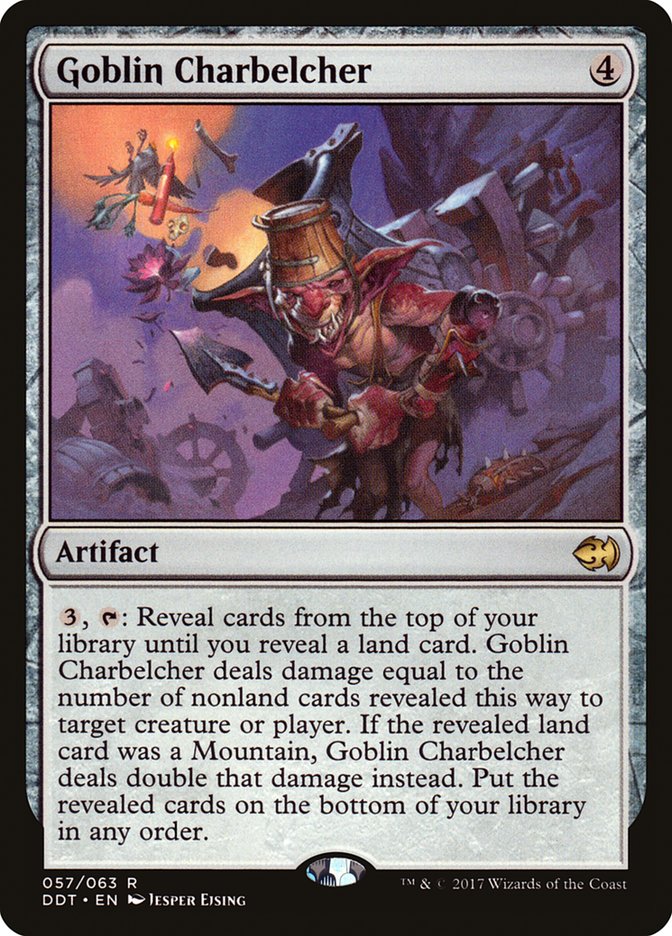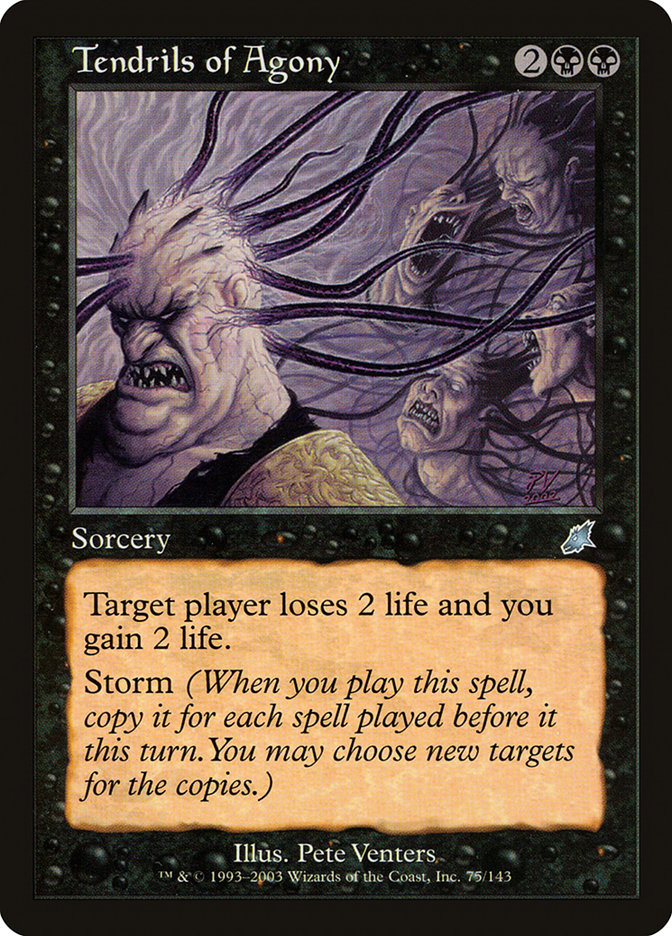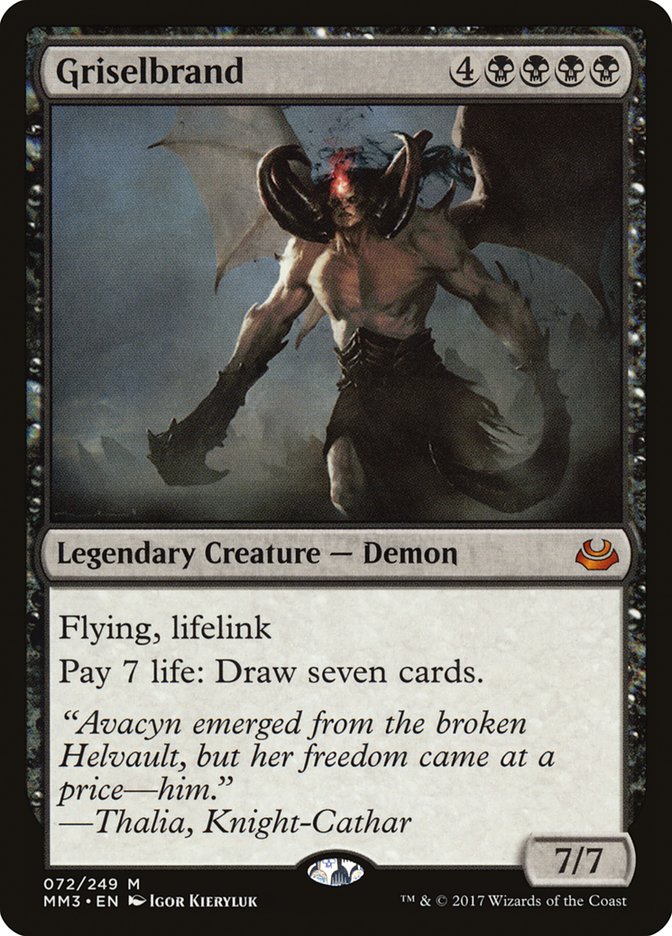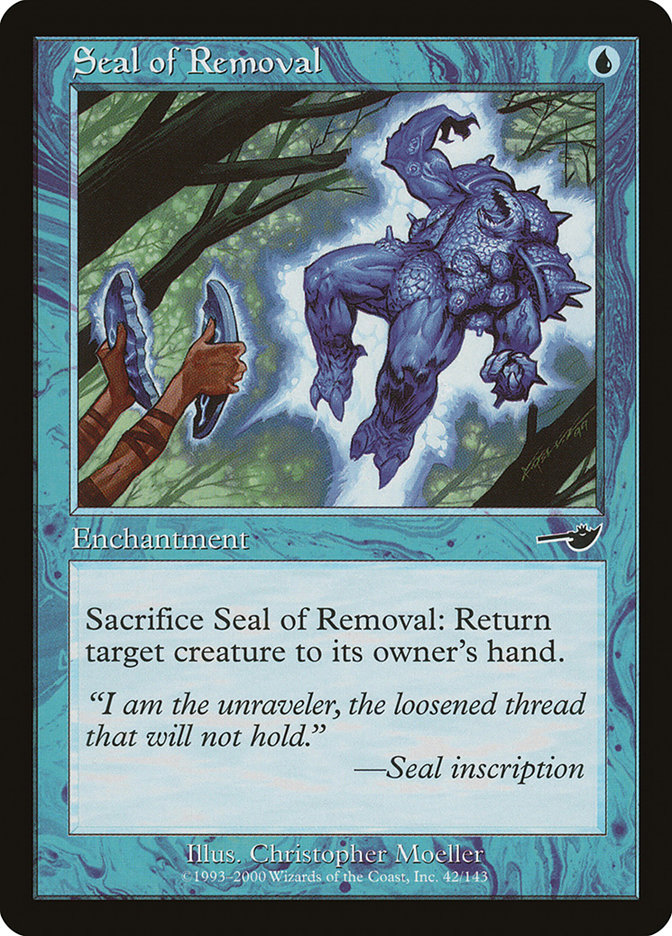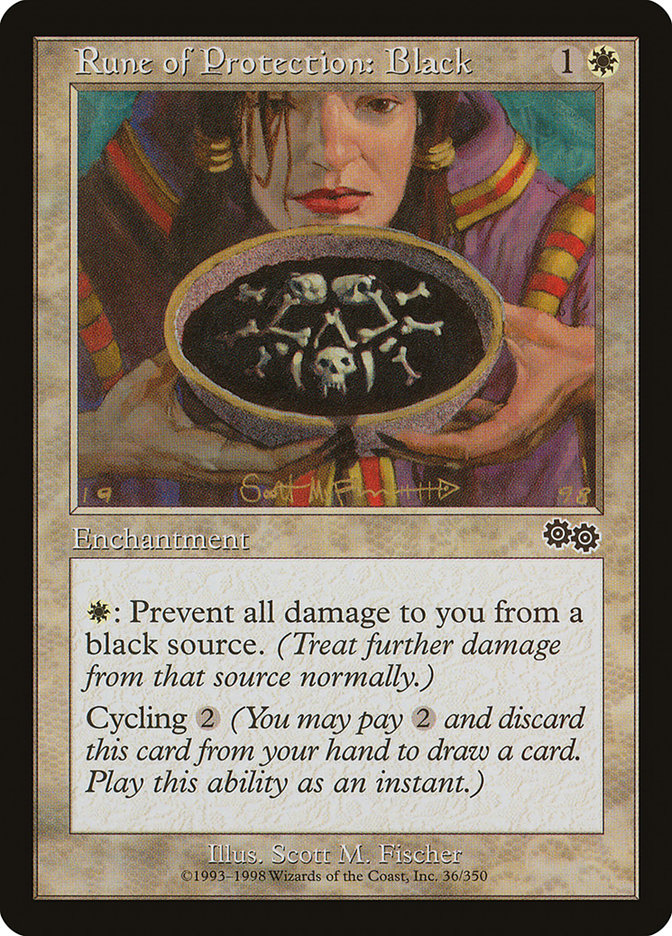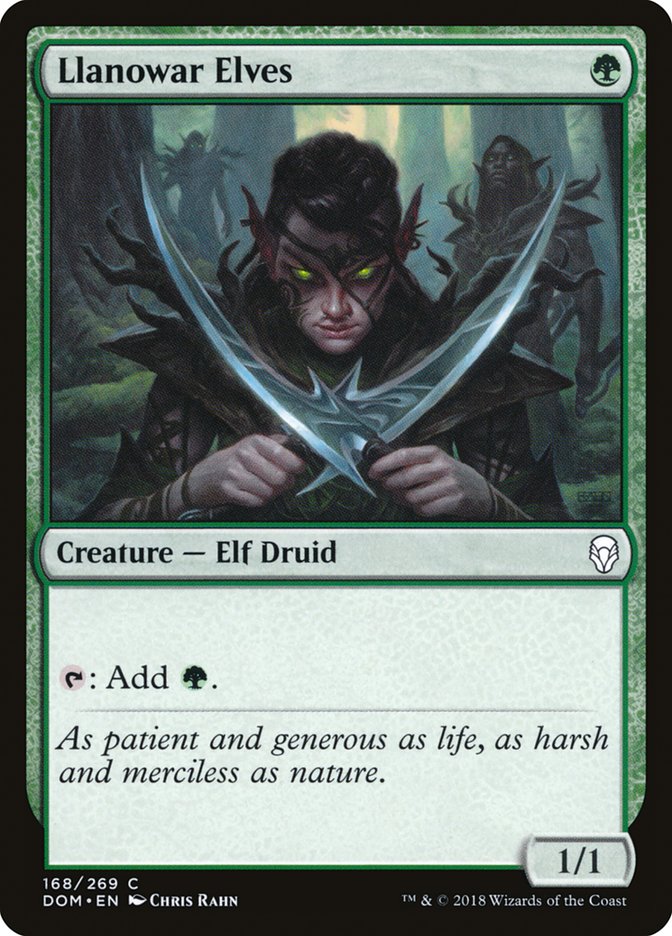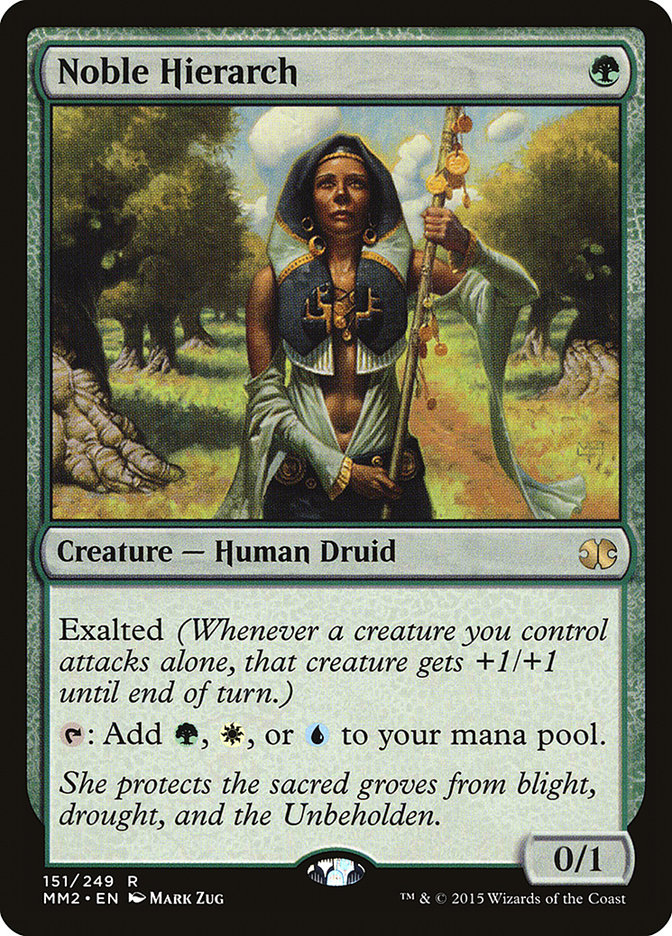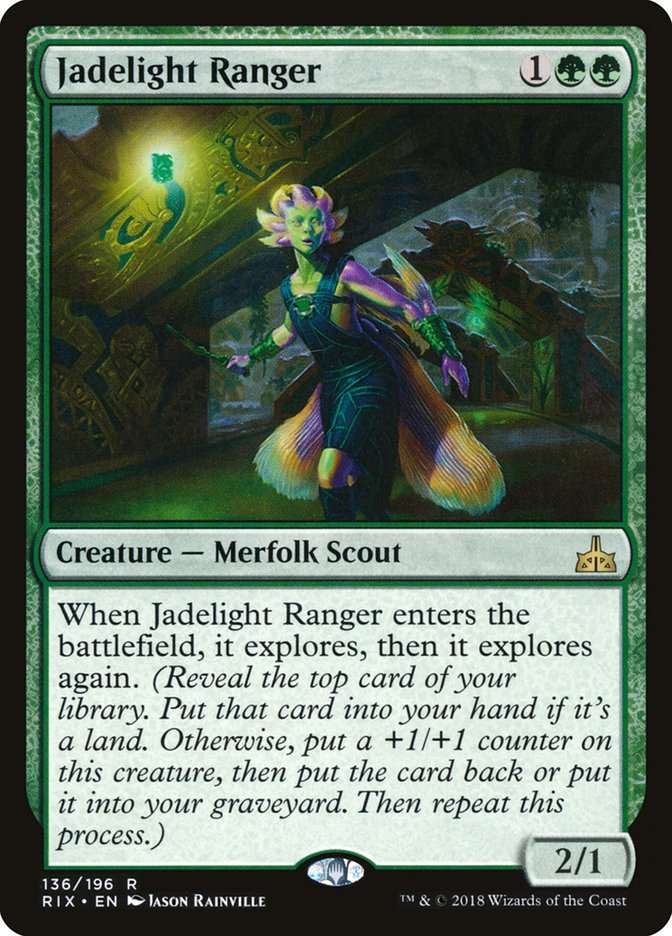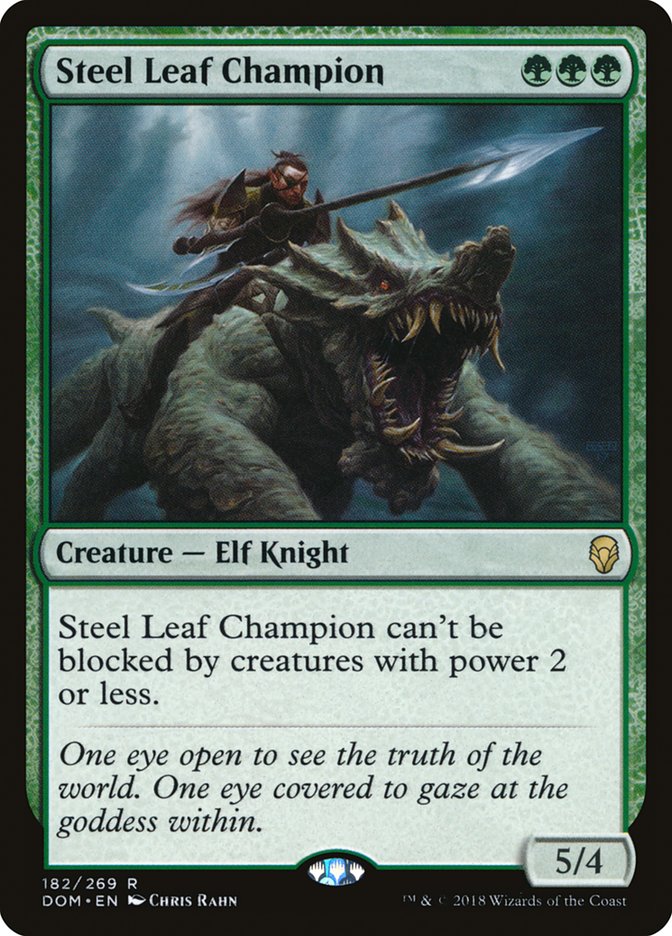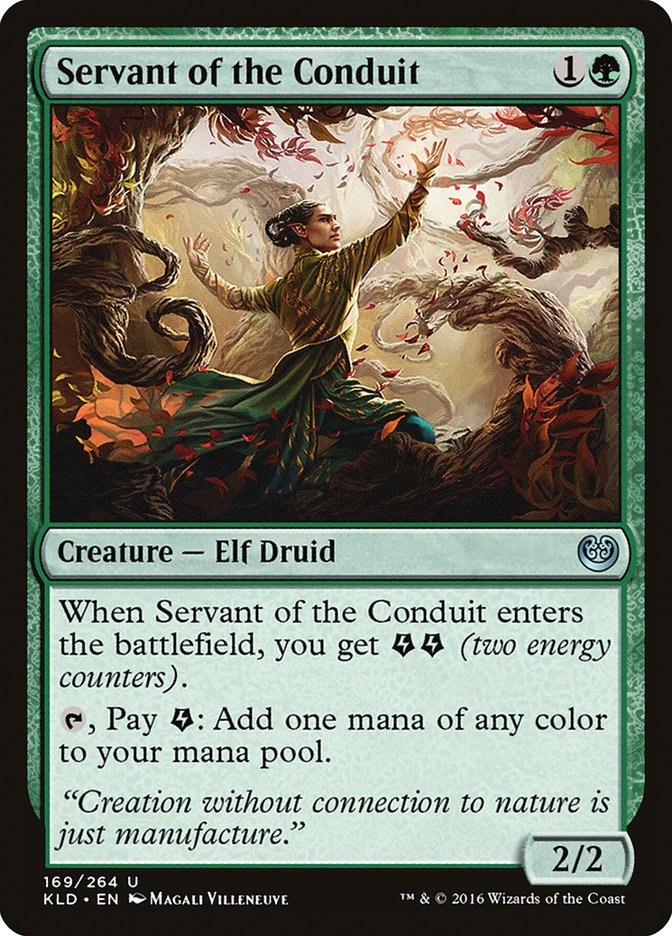Magic content has a lot of ground to cover these days. With an abundance of
team trios tournaments every month, there’s no shortage of observations to
make on Standard, Modern, and Legacy on the SCG Tour. It’s a content
producer’s dream!
The biggest issue is that for a biweekly writer such as myself, it’s hard
to cover everything there is to talk about. Dominaria isn’t doing
me any favors in that department either, with a full block’s worth of
playables in a single set release, it isn’t realistic to touch on
everything there is to say.
This article being sandwiched between two team tournaments and the sheer
quantity of information to pore over, it’s a perfect opportunity to share a
list of observations on the game as a whole.
U/W Control Isn’t Actually a Very Good Deck
Stay with me. We just started the article.
The short version of what I have to say is that Cancels, Inspiration
variants, and Torrential Gearhulk are great at beating up untuned week one
decks. Rudy Briksza had a great formula for succeeding in the tournament,
but the deck had two things going for it that netted him an immeasurable
number of percentage points over the course of the tournament:
People thought Goblin Chainwhirler was bananas….
….and people were hesitant to respect literal Baneslayer Angel.
People expecting red to show out in droves incentivizes leaner removal that
can do something about Bomat Courier. Packing removal that could
effectively hit Lyra would usually mean sacrificing percentage points to
red, a scary proposition when playing against red is nearly guaranteed, and
facing specifically Lyra is speculative.
Now that she’s on the map, people are likely going to move away from
Soul-Scar Mage and Goblin Chainwhirler and towards Unlicensed
Disintegration as their flavor of aggro.
Pro tip: If you want removal that’s good against aggressive decks and Lyra,
look at Vicious Offering. When cards like Scrapheap Scrounger exist, the
Bone Splinters side of Vicious Offering loses a fair amount of its
drawback.
Control decks aren’t inherently weak, but it’d be hard to convince me that
the deck’s success on the weekend wasn’t related to the lack of Gonti and
Vraska’s Contempt that made its way into the second day of competition.
People Are Afraid of Taking Risks in Modern
Look at
this Top 8
:
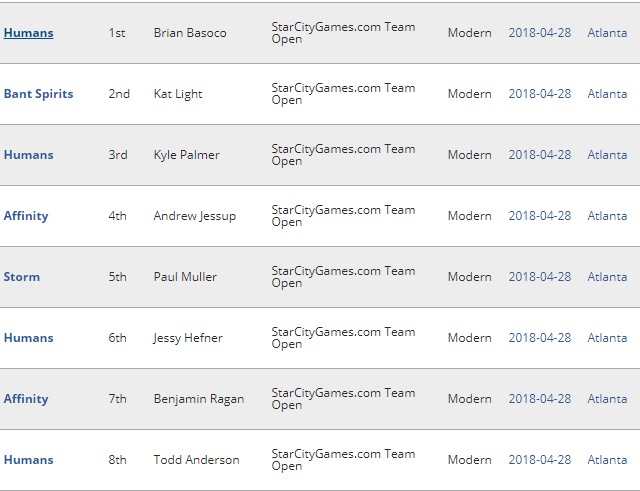
That’s seven creature decks and Paul Muller.
With Humans occupying over one third of Day Two, it’s hard to be shocked by
its occupying half of the Top 8.
What this tells us is that people are afraid of dragging their teammates
down; locking into “safe” decks, instead of taking the risks necessary to
beat Selfless Spirit, Kitesail Freebooter, and Cranial Plating.
Want to do well at #SCGBalt? Play
Humans, Affinity, or a deck that beats them. You can get away with a deck
that flips coins with them by slanting towards beating creatures.
If I were playing Modern this weekend, I’d likely be
searching for Azcanta
or jamming Mardu Pyromancer.
An alternate approach is playing something linear that folds to fast combo.
I’d be shocked if
Becky Adlman
left Baltimore empty-handed. Slanting a R/G deck to beat little creatures
and artifacts just doesn’t seem like that tall of an order.
You’re Going to Lose To Turbo Depths
Creatures (11)
Lands (23)
Spells (26)

What started as a
Chuckler Deck
has slowly crept up to being one of the biggest decks in the format. It’s
easy to see why:
Blue duals are becoming less accessible for lots of people and teams need
Legacy pilots. Recent printings of Rishadan Port, Wasteland, and Karakas
have all made Death and Taxes more accessible, but playing non-blue decks
is tough to justify. Other than a couple of Bayous, Turbo Depths doesn’t
have the same financial issues that other decks do, and on top of that, it
has something else going for it: It’s favored against Grixis Delver.
Sure, Grixis Delver has access to some cards that can beat it, but it still
must deal with the balance of applying pressure while interacting with land
drops against the Pithing Needle-your-Wastelands deck.
If you’re the Legacy head for your team and you plan to succeed, you will
play against Dark Depths at some point, and assuming Wasteland is good
enough is past the point of naivety; it’s willful ignorance.
Racing the deck is an option, but keep in mind that there’s a right way…
..and there’s a wrong way:
Leaning on heavy graveyard usage is a dangerous game against the Crop
Rotation-Sylvan Scrying–Bojuka Bog deck.
If racing isn’t going to happen, you’re going to have to beat the deck. If
you’re playing one of the eight-Blood Moon decks, this might not be an
issue, but for other people in Fair Deck Land, this takes some deliberate
tweaks to a deck. Legacy adjusts slowly. We’ve started to see Pithing
Needle make its way into more Grixis Delver sideboards, but it’s likely
time to take it further and actually plan for Turbo Depths.

Each of these attacks the combo on a different axis and can be cast or
activated in any deck.
Ghost Quarter stretches Turbo Depth’s Pithing Needles even thinner and
works as a pseudo-Wasteland against several decks in the format. Turbo
Depths having basics to find is discouraging, but I’d prefer facing a
snow-covered basic land to Marit Lage any day of the week.
Ari Lax has said it twice in the last month, but to spoil a bit from the
Premium side: You don’t have to be hellbent for Ensnaring Bridge to have a
text box. Many decks don’t care about attacking with anything bigger than a
2/2 and holding a couple of lands in one’s hand isn’t hard.
Pithing Needle can hit the Thespian’s Stage, but remember that if it’s
copying something, that the copy needs to be named. For example, if you
cast Needle, and the Depths player responds and copies Bayou with
Thespian’s Stage, it would be wise to name Bayou with Pithing Needle.
Every color has some sort of answer to the combo, it’s all a matter of
choosing to include it in one’s deck. Getting the cards through
Thoughtseize and Duress may be problematic, but there are some incredibly
dedicated answers that can be put on the battlefield a little more
proactively:
Karn May Have Been Under-hyped
That’s right. A Planeswalker that preordered at $40+ may have been
under-hyped. Todd Anderson wrote an
entire article
on Karn being frightening, Chas Andres
dubbed Karn a safe buy at
, and we haven’t even scratched the surface.
Creatures (22)
- 2 Pia Nalaar
- 4 Bomat Courier
- 4 Scrapheap Scrounger
- 4 Inventor's Apprentice
- 2 Walking Ballista
- 4 Earthshaker Khenra
- 2 Rekindling Phoenix
Planeswalkers (4)
Lands (24)
Spells (10)

Sure, makes sense.
Creatures (27)
- 3 Simian Spirit Guide
- 4 Endless One
- 2 Endbringer
- 4 Eldrazi Mimic
- 4 Reality Smasher
- 4 Thought-Knot Seer
- 4 Matter Reshaper
- 2 Walking Ballista
Lands (25)
Spells (8)

“Aggressively-costed colorless card slots in Eldrazi” isn’t exactly
groundbreaking, so sure.
Creatures (22)
- 3 Verdurous Gearhulk
- 4 Winding Constrictor
- 2 Rishkar, Peema Renegade
- 4 Walking Ballista
- 4 Merfolk Branchwalker
- 1 Thrashing Brontodon
- 4 Jadelight Ranger
Planeswalkers (3)
Lands (24)
Spells (11)

Wait, I-
Creatures (4)
Planeswalkers (3)
Lands (13)
Spells (41)

What?
Seriously, Karn fits in everything. I specifically left off three other
archetypes that showed up with Karn because I wasn’t interested in figuring
out ways to write down reactions to seven unique archetypes for a
Planeswalker.
On the Team Vintage Super League last week, we saw Rachel Agnes use the
card in Vintage, and Gerry Thompson has been talking about porting the
aggressive Stax decks in the format to Legacy, using Karn as a way to apply
pressure and provide card selection alike.
The scariest thing that Karn does is that it provides so many angles of
attack to anything. Colorless cards are good, and stating it
doesn’t require a large explanation, but it feels as if most players don’t
quite appreciate just how strong Karn is in decks that otherwise might have
to jump through hoops or worsen their mana for these abilities.
Tezzeret, Agent of Bolas isn’t always free to cast in the newest iterations
of Lantern Control and makes whatever he animates susceptible to creature
removal. What about a planeswalker that just creates fresh bodies? How
frequently does Lantern Control reach the point of the game that it’s
casting four-drops and has less than half a dozen artifacts on the table?
Karn provides more resources, is easier to cast, and the bodies
are bigger.
If you think you’re going to be playing with Karn in the next year and a
half, get in now.
Winning With Mono-Red Won’t Be Viable For A While
Everybody knew that red was going to be good. Everybody on this website had
some point about Goblin Chainwhirler being very good and the format warping
to compensate it.
They weren’t wrong, but how rapidly the format would adjust wasn’t
appreciated in the slightest. I’d touched on it before, but despite it
being week one of Standard, everybody knew that red was the deck to beat
going into the weekend. My Standard player had two opponents almost
pre-sideboarded against him, and another team called our Mono-Red
Aggro-Humans-Grixis Delver lineup “Team Honda Civic” before any of us had
finished a game.
Similar to the artifact decks in Modern, red needs some quantity of free
wins on the backs of players who didn’t respect the deck while finalizing
their deck. If nobody in the room is on that level, Earthshaker Khenra is
an embarrassing Magic card.
A Dork Has to be More Than a Dork
Llanowar Elves probably sucks.
That’s right.
I’m likely exaggerating, but without Domri Rade-level spells to crank out
on the second turn, playing a land with summoning sickness isn’t worth it.
Noble Hierarch is the best card in Modern. You can quote me on it.
Obviously there’s a drastic shift in the power level of cards in Modern
when comparing to the ones in Standard, but Noble Hierarch is more than the
spells she’s casting.
Deathrite Shaman is the best card in Legacy.
These takes were definitely listed in descending order, but the “One-Mana
Planeswalker” has warped Legacy on the back of the fact that on top of
being an easy-to-cast Birds of Paradise, Scavenging Ooze, unblockable
Savannah Lion, and body, it changes how the rest of the deck can be built.
Hierarch and Shaman do something that Llanowar Elves currently does not:
they change the rules of engagement. The exalted on Noble Hierarch does
more than provide a 1/2 body; it changes the way that creatures scale in
combat. Over several combat steps, the “free” Leonin Scimitar that each
copy of Noble Hierarch provides generates a ton of free value, even if it’s
just on itself.
Deathrite Shaman changes how many spells are played in decks, allowing
anyone who makes use of him to cheat a little bit on their land and threat
counts in the name of efficiency. Legacy Grixis Delver ends
up looking like a bunch of air on paper, as many cantrips as there are
“real” attackers in the deck.
This deckbuilding style doesn’t end up effectively translating to Modern
because there isn’t a way to develop threats while simultaneously
cantripping. Then, the land that was helping maintain this efficiency
shifts gears and can also apply real pressure on the opponent when it comes
time to race.
In the old
G/R Monsters Deck
, Courser of Kruphix and Domri Rade generated tangible value each turn they
were on the battlefield. Powering them out mattered and increased the power
of the deck in the later phases of the game by providing card selection and
card advantage alike.
As it stands, decks are using Llanowar Elves to crank out some cards that
don’t benefit very much from coming out early. Sure, an extra hit for four
or five isn’t nothing, but there’s a real cost to registering a bunch of
1/1s in a deck instead of “real” mana sources.
Servant of the Conduit is the best mana dork we’ve seen in a long time,
because while acting as a mana source in the earlier turns, it provided a
resource that could be
converted to cards
,
thopters
,
power
and
toughness
, or
free spells
in the later phases of play.
The point is, if you don’t have a great reason to register a mana
dork, you could just play reasonable spells and hit your land drops. Due to
the effects of power creep, the power level of spells across Magic are at a
near all-time high. We don’t have to settle for fragile early bursts at the
cost of our late game topdecks.
Keeping Watch
I’m prepared to eat my hat on some of these claims, but drawing conclusions
from observation is how we create experiments. Experiments are how we
learn. Learning is how we improve. Improving is how we win.
Naturally, we should trust all our teammates at every point–they’re people
we’ve entrusted with making or breaking our tournament success after
all–but anything short of working to improve the team’s awareness is
nothing short of negligence. As many team tournaments as the future holds,
remaining diligent in observing each format is going to be a key part of
proving oneself as a valuable teammate.
What are you doing to prove yourself?




